Your Pituitary gland is the main endocrine (hormone producing) gland that sits just beneath the base of the brain. It is very small in size (only about the size of a pea).
It produces hormones that controls the function of many other hormone glands in your body (especially the thyroid, adrenals, ovaries and testicles). Therefore, the pituitary gland is often called the master gland of the endocrine system.
How does the Pituitary gland Work ?
The pituitary gland controls the function of several other hormone glands by producing and releasing number of hormones into the bloodstream. In turn, the pituitary gland is controlled by the hypothalamus, a small region of the brain that lies just above the pituitary.
The Pituitary gland takes messages from the hypothalamus (in the form of hormones) and uses these messages for stimulating all the other hormone glands to produce their own hormones.
Parts of Pituitary gland
The pituitary gland can be divided into two different parts:
- Front (anterior) lobe, which accounts for 80% of the pituitary gland’s weight.
- Back (posterior) lobe.
These lobes are connected to the hypothalamus by a stalk that contains blood vessels and nerve cell projections (nerve fibers). The hypothalamus controls the anterior lobe by releasing hormones through the connecting blood vessels. It controls the posterior lobe through nerve impulses.
The Pituitary gland and its target organs:
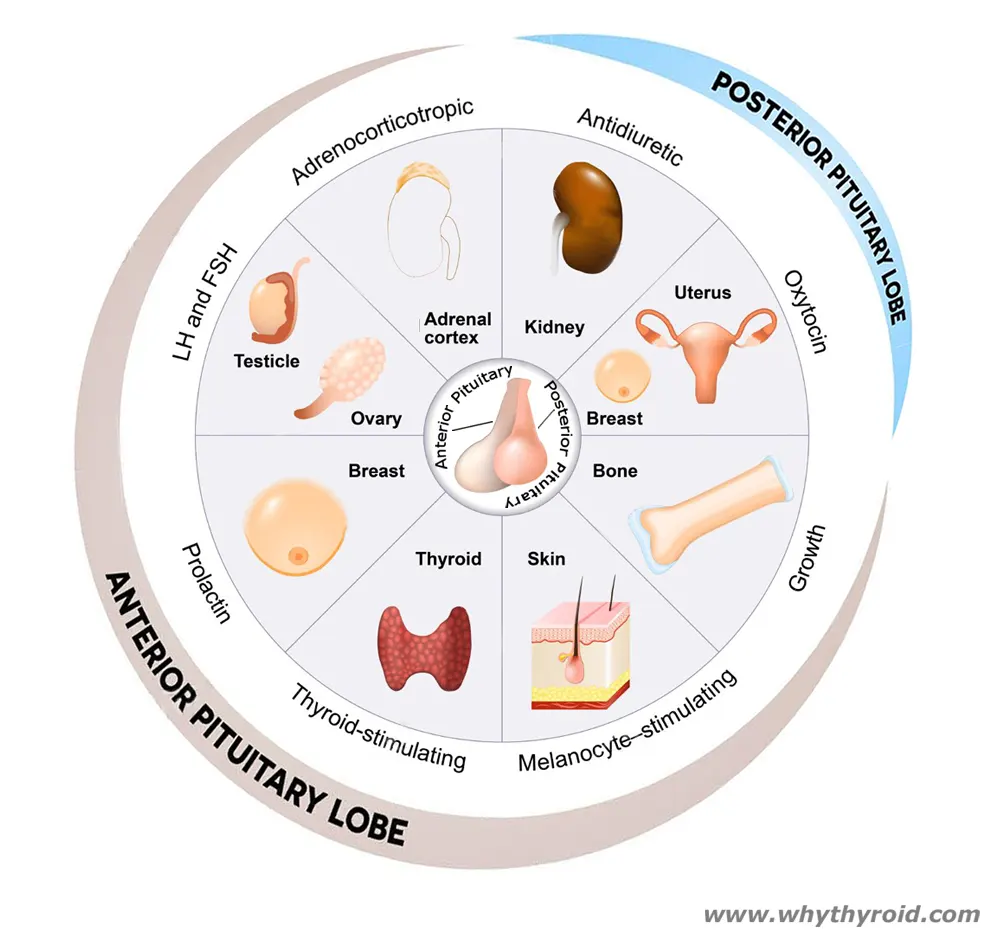
Hormones produced by Pituitary gland
The pituitary gland secretes hormones from both the front part (anterior) and the back part (posterior) of the gland.
Anterior lobe hormones:
The anterior lobe of the pituitary gland produces and releases eight main hormones:
- Growth hormone (GH): Growth hormone regulates growth and physical development. It has important effects on body shape by stimulating muscle formation.
- Thyroid-stimulating hormone (TSH): Thyroid stimulating hormone stimulates the thyroid gland to produce thyroid hormones.
- Adrenocorticotropic hormone (ACTH): This hormone is also called corticotropin, which stimulates the adrenal glands to produce cortisol and other hormones.
- Follicle-stimulating hormone (FSH): Follicle-stimulating hormone is involved with estrogen secretion and the growth of egg cells in women. It’s also important for sperm cell production in men.
- Luteinizing hormone (LH): Luteinizing hormone is involved in the production of estrogen in women and testosterone in men.
- Prolactin (PRL): Prolactin stimulates the mammary glands of the breasts to produce milk.
- Endorphins: Endorphins have pain-relieving properties and are thought to be connected to the “pleasure centers” of the brain.
- Beta-melanocyte-stimulating hormone: This hormone helps to stimulate increased pigmentation of your skin in response to exposure to ultraviolet radiation.
Posterior lobe hormones:
The posterior lobe of the pituitary gland also secretes hormones. These hormones are usually produced in your hypothalamus but are stored in the posterior lobe until they’re released.
Hormones stored in the posterior lobe include:
- Vasopressin (ADH): Vasopressin (also called antidiuretic hormone) regulates the amount of water excreted by the kidneys and is therefore important in maintaining water balance in your body.
- Oxytocin: This hormone stimulates the release of breast milk. It also stimulates contractions of the uterus during labor.
Pituitary gland disorders
Several conditions can affect your pituitary gland. Most are caused, when a tumour develops in or around the pituitary gland.
Pituitary tumors are abnormal growths that develop in or around your pituitary gland. Some pituitary tumors may begin to produce too much of one or more pituitary hormones. However, some tumors may start pressing your normal pituitary gland. Due to this pressure, your pituitary gland produce lower levels of hormones, a condition called hypopituitarism.
In addition to the above, pituitary tumors that make hormones are called “functioning” tumors and pituitary tumors that don’t make hormones are called “non-functioning” tumors.
Furthermore, most pituitary tumors are noncancerous (benign), also called an adenoma. It can remain in your pituitary gland or surrounding tissues and don’t spread to other parts of your body. The Pituitary tumours are not “brain tumours” according to The Pituitary Foundation. The term benign is used by doctors to describe a swelling which is not cancerous.
Most common pituitary gland conditions:
- Acromegaly: In most cases, it is caused by a tumor of the pituitary gland, that produces too much growth hormone (GH).
This can lead to excessive growth of bones, especially of your hands and feet, because an excessive amount of growth hormone is released by the pituitary tumor.
Kindly note, In children, the condition is called gigantism. In adults, it is called acromegaly.
- Cushing’s disease: In this condition, the pituitary gland produces large amounts of Adrenocorticotropic hormone (ACTH). This can lead to easy bruising, high blood pressure, weakness, and weight gain. It’s often caused by a tumor near or in the pituitary gland.
- Hyperprolactinemia: In this condition, the prolactin hormone levels are elevated in your blood. This can lead to infertility and a decreased sex drive. The tumor causes the pituitary gland to produce too much prolactin leading to hyperprolactinemia.
- Non-functioning tumours: is an abnormal growths that develop in your pituitary gland. Non-functioning tumours are usually noncancerous (benign). However, it can cause headaches and visual problems by pressing other areas of your brain. It can also press your normal pituitary gland, causing your pituitary gland to produce lower levels of hormones, resulting a condition called hypopituitarism.
- Diabetes insipidus: This condition is caused due to problem in release of hormone vasopressin. It usually happens due to a head injury, surgery, or a tumor. In this condition, your body can’t properly balance fluid levels.
As a result, people with Diabetes insipidus pass large amounts of heavily diluted urine.
- Hypopituitarism: This condition causes your pituitary gland to produce very little or none of one or more of pituitary hormones. Hence, hypopituitarism can affect many of your body’s routine functions, such as growth, blood pressure or reproduction.
Rare pituitary gland conditions:
- Empty Sella Syndrome (ESS): It is a rare condition, in which your pituitary gland shrinks or gets flattened. The pituitary gland sits in sella turcica (a bony structure that holds and protects your pituitary gland).
People with ESS have a defect/weakness in the membrane that normally keeps the spinal fluid around the brain separate from the sella turcica. As a result of the weakened membrane, spinal fluid can leak into the sella turcica and apply pressure on the pituitary gland. This pressure causes the gland to shrink or flatten.
In addition to the above, when your pituitary gland shrinks or becomes flattened, it cannot be seen on an MRI scan. Hence, your sella turcica looks like empty. This is called as empty sella syndrome.
- Kallmann Syndrome (KS): In this condition, your hypothalamus fails to make enough of a hormone called gonadotrophin-releasing hormone (GnRH). The role of GnRH is to stimulate the testicles in males and the ovaries in females, to make sex hormones. If not enough of these hormones are made, the child will not enter puberty and will not be able to have children of their own without special treatment.
Furthermore, children with Kallmann syndrome also have either very poor or no sense of smell. KS occurs in both sexes but males are more commonly diagnosed with this condition.
- Rathke’s Cleft Cysts: It is an abnormal fluid-filled sac (cyst) that usually is found between the two lobes of the pituitary gland (anterior lobe and posterior lobe).
During fetal development, the anterior lobe of the pituitary gland develops from a sac like structure known as Rathke’s pouch. This pouch normally closes early in fetal development. If this pouch does not close completely, this leaves a space that can fill with fluid and grow over time. As a result, Rathke cleft cyst can form.
- Multiple Endocrine Neoplasia Type 1: MEN1 is a rare disorder that causes tumors in the endocrine glands and parts of the small intestine and stomach. MEN1 is sometimes called Wermer’s syndrome, after one of the first doctors to recognize it.
In people with MEN1, multiple endocrine glands (usually the parathyroids, pancreas and pituitary) grow tumors and release excessive amounts of hormones that can lead to disease.
- Wolfram Syndrome: It is an inherited condition, that leads to many different abnormalities including diabetes insipidus (inability to concentrate the urine), diabetes mellitus (the usual type of diabetes), blindness and deafness.
Patients usually also suffer from severe abnormalities of the nervous system that can be accompanied by behavior problems, psychiatric hospitalizations.
Furthermore, Wolfram syndrome is sometimes referred to as “DIDMOAD” (diabetes insipidus, diabetes mellitus, optic atrophy, and deafness).
- Septo-Optic Dysplasia (SOD): It is a disorder of early brain and eye development. The most common features of SOD are underdevelopment of the eye (optic) nerve, abnormal formation of structures along the midline of the brain, and a small pituitary (pituitary hypoplasia).
- Sheehan’s Syndrome (SS): Sheehan’s Syndrome is a condition that affects women who lose excess amount of blood in childbirth or who have severe low blood pressure during or after childbirth, which can deprive the body of oxygen. This lack of oxygen that causes damage to the pituitary gland is known as Sheehan’s syndrome.
Hence, this condition causes the pituitary gland to not produce enough pituitary hormones (hypopituitarism).
- Lymphocytic Hypophysitis (LH): is a condition in which your pituitary gland is harmed by lymphocytes (a types of white blood cells), resulting in pituitary enlargement and weakened function. It most often occurs in women in late pregnancy or the postpartum period, but can also occur in prepubertal or post-menopausal women, and in men.
Symptoms of LH may include headache, visual field impairment and more rarely, double vision (diplopia). The exact cause of this condition is unknown but is thought to be autoimmune-related.
- Nelson’s Syndrome: It is a rare disorder that occurs in some patients with Cushing’s disease. In Nelson’s syndrome, the pituitary tumor continues to grow and release excess amount of the hormone ACTH. As a result, both the adrenal glands (located on top of each kidney) have to remove surgically from a patient.
Moreover, this enlargement of tumor, often cause visual loss, pituitary failure and headaches.
Symptoms of Pituitary gland disorders
The following list shows many of the symptoms associated with pituitary gland conditions in adults.
- Headaches
- Vision problems
- Unexplained weight gain
- Reduced sex drive
- Feeling dizzy and nauseous
- Pale complexion
- Weakening, loss of Muscle
- Enlarged hands and feet
- Excessive sweating and oily skin
- Mood changes
- Inappropriate breast growth or production of breast mil
- Erectile dysfunction
Please make sure you tell your doctors about all symptoms that you regularly notice. This will help them to treat you.
The following list shows some of the symptoms of pituitary gland conditions in children.
- Poor growth
- Loss of vision
- Excessive drinking
- Excessive frequency of passing urine
- Tiredness
- Overweight
- Late puberty
- Early puberty
- Milk secretion
Please make sure you tell your doctors about all symptoms that you regularly notice in your child. This will help them to treat your child.
Tests for Pituitary Tumors
To diagnose a pituitary tumor, your doctor will take your complete health history and perform a physical exam. He or she might order:
- Blood tests: These tests can determine whether you have an overproduction or deficiency of pituitary hormones. Your doctor will look for abnormal hormone levels in your body for example. cortisol and thyroid hormone.
- Urinalysis: This involves collecting a sample of urine for chemical analysis. Because hormone levels naturally go up and down during the day and night, it may be necessary to do a 24-hour urine collection.
- Vision testing: These tests can help determine if a pituitary tumor is impacting your vision, especially your peripheral vision.
- Pituitary MRIs: The best way to look at tumors or other abnormalities of the pituitary gland is magnetic resonance imaging (MRI).
In addition to the above, a pituitary gland MRI is different than a regular MRI of the brain. It creates high resolution images that allow doctors to see the pituitary region better. It can show the location, size, and shape of your pituitary tumor.
- Computed tomography (CT) scan: A CT scan uses x-rays to create detailed cross-sectional images of part of your body. CT scans can find a pituitary tumour, if it’s large enough. However, MRI scans are used much more often to look at the brain and pituitary gland.
- Pituitary tissue samples: A biopsy (removing a sample of the tumor to examine under a microscope) is usually the only way to be certain about the diagnosis. In many cases, doctors won’t treat a tumor until a biopsy has been done.
But a biopsy isn’t usually needed before treating a pituitary tumor. One reason is that the hormone tests for some types of adenomas are very accurate, so a biopsy isn’t likely to provide much more information on pituitary tumor.
Note: Your doctor can usually diagnose a pituitary tumor with one or all of these tests, but that’s not always the case. If you need additional testing, your doctor may refer you to an endocrinologist.
Treatments for Pituitary gland disorders
Most pituitary tumors are noncancerous (benign). However, many tumors still require treatment. The treatment involves a team of medical experts, possibly including a brain surgeon (neurosurgeon), endocrine system specialist (endocrinologist) and a radiation oncologist.
Doctors generally use Surgery, Radiation therapy and Hormone replacement therapy, either alone or in combination, to treat a pituitary tumor and return hormone production back to normal levels.
Surgery: Surgical removal of a pituitary tumor is necessary if the tumor is pressing the optic nerves (to the eyes) or if the tumor is overproducing certain pituitary hormones. The two main surgical techniques for treating pituitary tumors are:
- Endoscopic transnasal transsphenoidal approach: This usually enables your doctor to remove the tumor through your nose. No other part of your brain is affected, and there’s no visible scar by using this procedure.
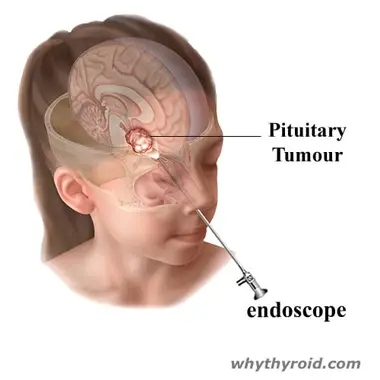
- Transcranial approach (craniotomy): The tumor is removed through the upper part of your skull via an incision in your scalp. It’s easier to reach large tumors by using this procedure.
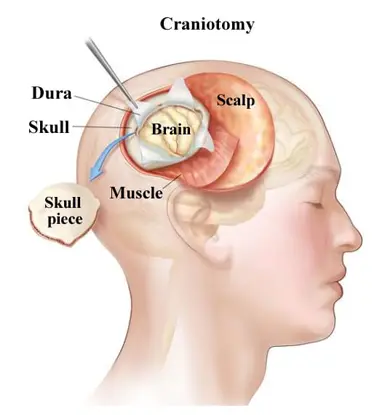
Radiation therapy uses high-energy sources of radiation to destroy pituitary tumors. It can be used after surgery or alone if surgery is not an option. Radiation therapy can be beneficial if a tumor persists or returns after surgery. Methods of radiation therapy include:
- Stereotactic radiosurgery
- External beam radiation
- Intensity modulated radiation therapy (IMRT)
- Proton beam therapy
Furthermore, the benefits and complications of these forms of radiation therapy often are not immediate and may take months or years to be fully effective. Your radiation oncologist will evaluate your condition and discuss the pros and cons of each option with you.
Hormone replacement therapy: If your pituitary gland is not functioning properly, you may not produce hormones that are essential for your well being and for vital bodily functions. You may need to take hormone replacement therapy, which will be prescribed to you by your doctor.
Moreover, in this therapy, a patient takes hormones to replace the hormones, not being produced by his/her pituitary gland. Such hormones include (cortisol, thyroid hormone, vasopressin, sex hormones and growth hormone).
Follow-up treatment for pituitary condition: Most people with a pituitary tumour or with pituitary condition will have regular check-ups at doctor’s clinic for the rest of their life. These check-ups enable your doctor to monitor your condition and pick up any changes as soon as possible.
In most patients their condition remains stable after initial treatment(s). However, regrowth of a pituitary tumour can occasionally occur. The chance of this happening is lower, if you had radiation therapy after your surgery. If regrowth does occur, your doctor may suggest you another surgery, or radiation therapy.
Tips for Pituitary gland health
Eat a balanced, healthy diet: A balanced diet is good for your health. General tips for healthy eating include:
- Eating a diet rich in fruits and vegetables, which are great sources of fiber, vitamins, and minerals
- Choosing good sources of fats, such as those that contain omega-3 fatty acids and monounsaturated fats.
- Opting for whole grains over refined grains.
- Reducing sodium intake.
- Avoiding refined sugars.
- Drinking at least four to six cups of water a day.
Reduce your stress: The stress causes your body to release several stress hormones, such as cortisol and adrenaline, into your bloodstream. These hormones increase your concentration, ability to react, and strength. After you have dealt with your short term stress, your body returns to normal.
However, a long term stress can cause health problems, because your body is constantly producing higher levels of stress hormones and does not have time to recover. In other words, the constant production of stress hormones can cause serious health problems. For example:
Too much cortisol (a stress hormone) can sometimes lead to:
- insomnia
- weight gain
- anxiety
- depression
Therefore, try to spare some time to get at least 45 minutes per day of exercise or work on a relaxing hobby.
| Related Topics… | |
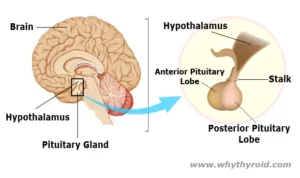
|
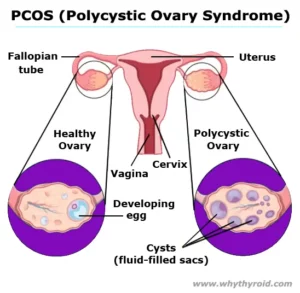
|
|
Hypothalamus Click to Read… |
Polycystic Ovary Syndrome (PCOS) Click to Read… |
17 Sources
- https://medlineplus.gov
- https://www.yourhormones.info
- https://www.healthline.com
- https://www.medicinenet.com
- https://www.pituitary.org.uk
- https://www.livescience.com
- https://www.merckmanuals.com
- https://www.pituitarysociety.org
- https://www.mayoclinic.org
- https://www.ncbi.nlm.nih.gov
- https://www.rch.org.au
- https://ghr.nlm.nih.gov
- https://rarediseases.org
- https://www.chop.edu
- https://www.niddk.nih.gov
- https://www.mayoclinic.org
- https://www.cancer.net

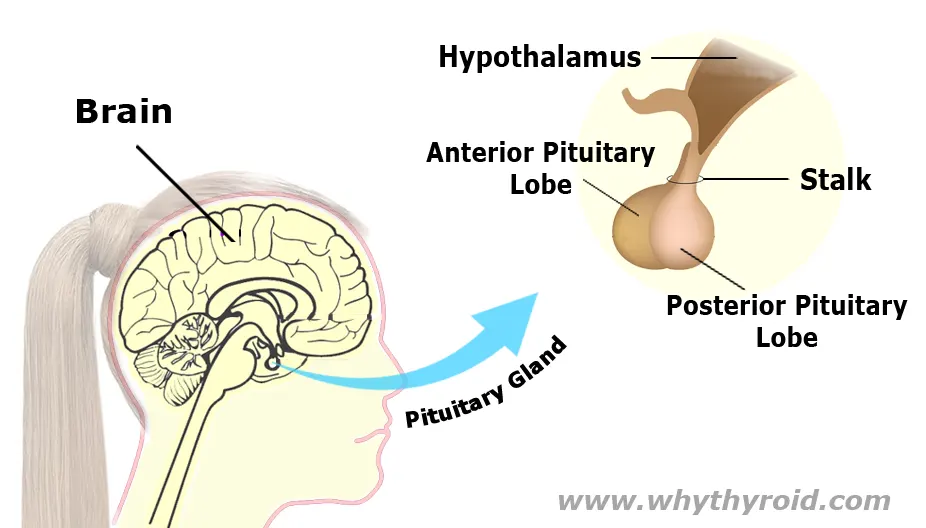

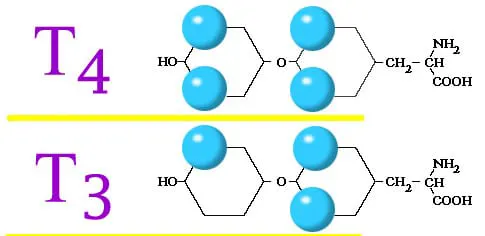

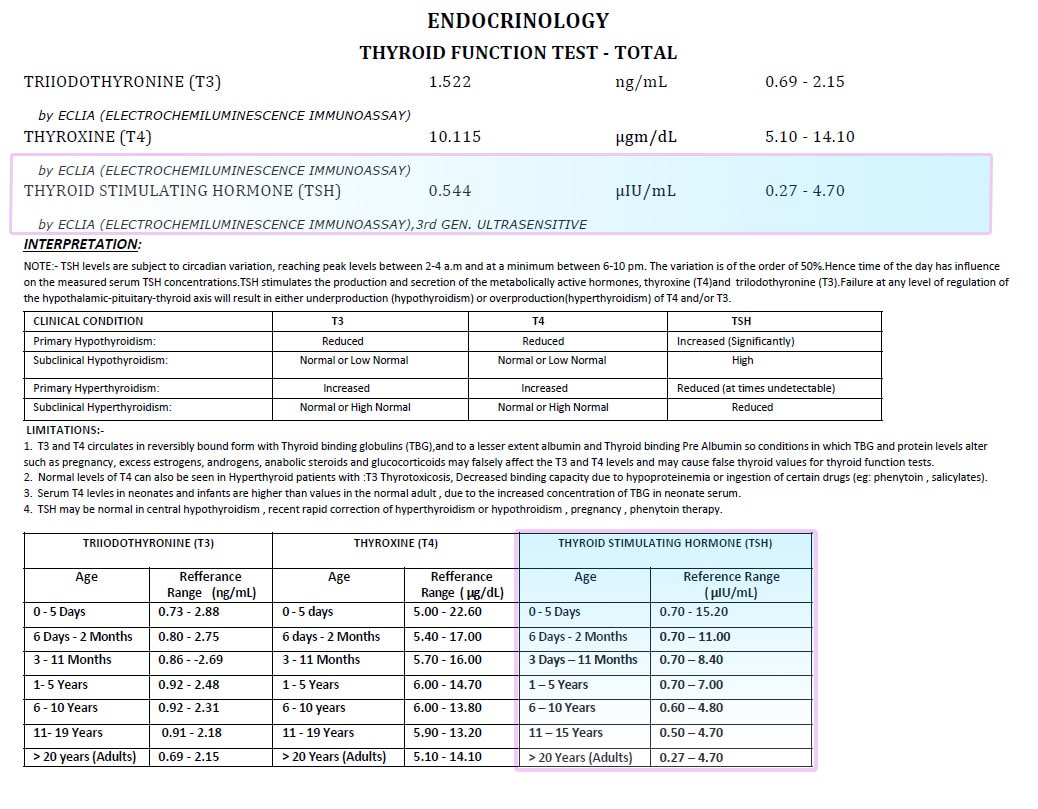
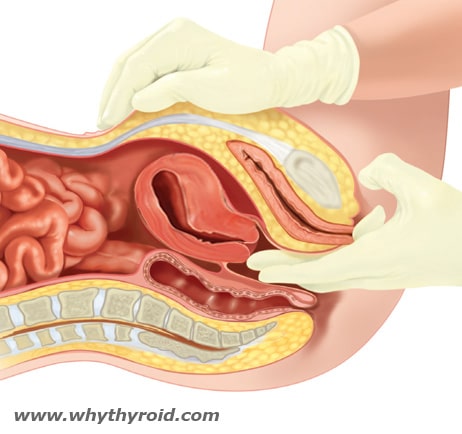
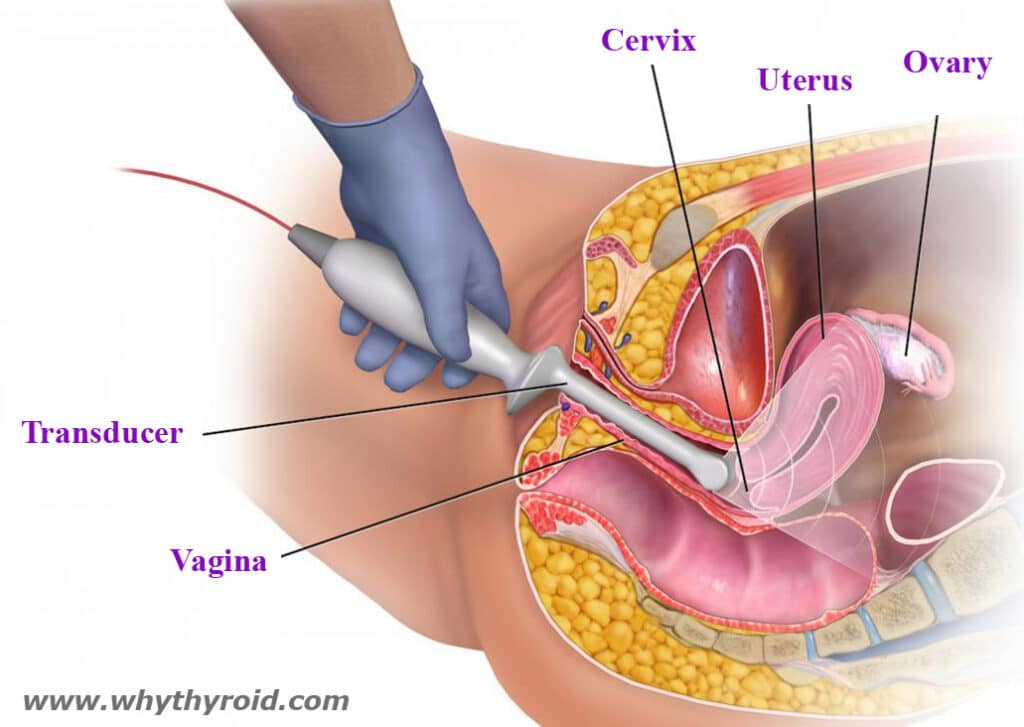
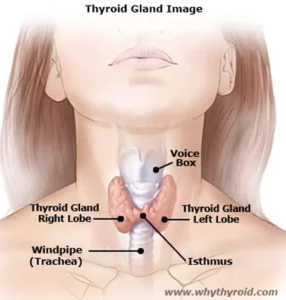
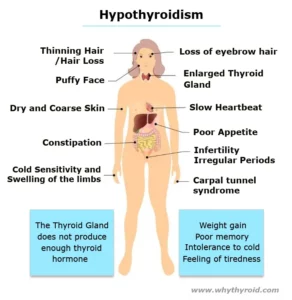
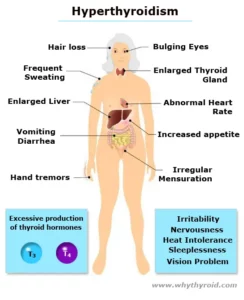
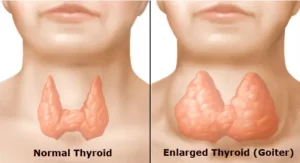
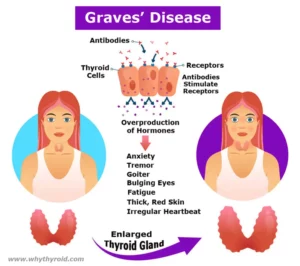
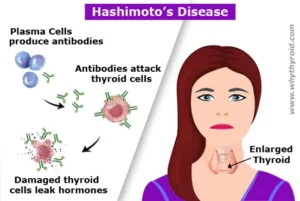

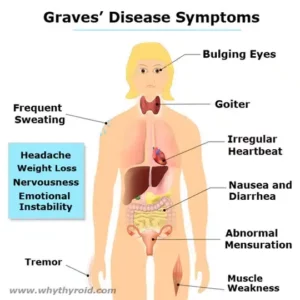
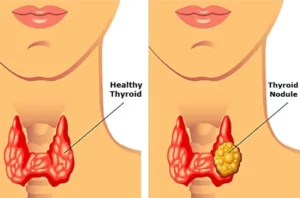
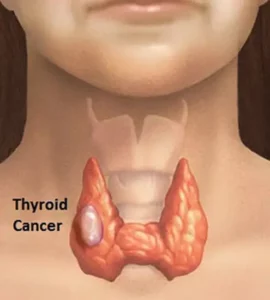

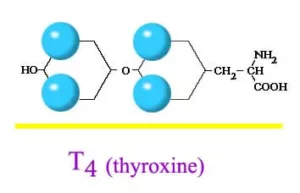
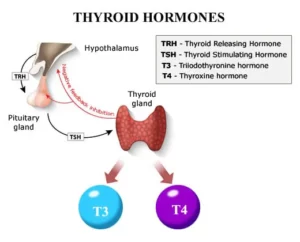

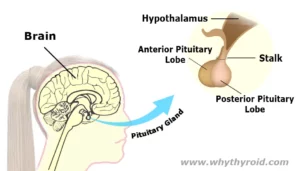
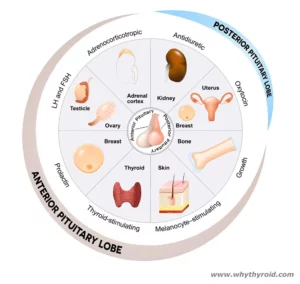


i like this blog very much
Thank you for your valuable comment. Keep reading. 🙂
i like this blog very much
Thank you for your valuable comment. Keep reading. 🙂
I used to be able to find good information from your articles.
Thank you for your valuable comment. Keep reading. 🙂
My brother suggested I would possibly like this web site.
He was once totally right. This post truly
make my day. Youu cann’t imagine sikmply how much time I had spent for this
information! Thank you!
This is very interesting, You are a very skilled blogger.
I have joined your rss feed and look forward to seeking more of your wonderful post.
Hi there! This post could not be written any better!
Reading this post reminds me of my good old room mate! He always kept talking about this.
I will forward this post to him. Fairly certain he will have a good read.
Many thanks for sharing!
Wonderful blog!
Thank you for your valuable comment. Keep reading. 🙂
I don’t suppose I have read anything like this before. So nice to find somebody with some original thoughts on this subject. Realy thank you for starting this up. this website is something that is needed on the web.
Thank you for your valuable comment. Keep reading. 🙂
I tried to search many blogs but haven’t find any like yours. Its very nice and detailed view.
Thank you for your valuable comment. Keep reading. 🙂
I do agree with all of the ideas you have introduced to your post.
Thank you. Assmr Ommi
Thank you for your valuable comment. Keep reading. 🙂
Excellent post. I was checking continuously this blog
and I’m impressed! Extremely helpful information 🙂
I was looking for this particular information for a very lengthy time.
Thank you and best of luck.
Thank you for your valuable comment. Keep reading. 🙂
Excellent post. Keep writing such kind of information on your site. Im really impressed by your blog.
Oh great, glad to hear it. Keep reading. 🙂